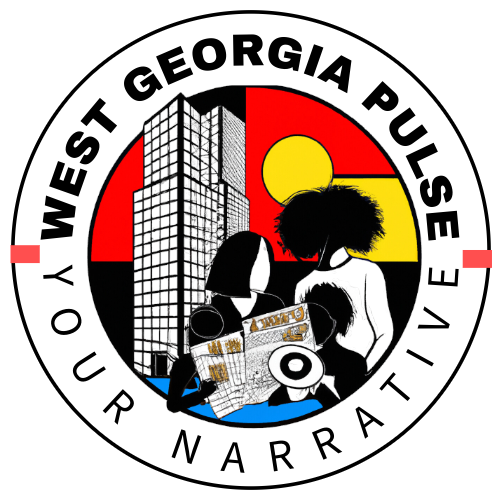ATLANTA. Composer, bassist, vocalist, and self-described “sonic architect” Heshima Moja doesn’t just make music. He constructs experiences. His latest project, The Healing Suite, is not an album in the traditional sense. It is a deeply spiritual and political ceremony delivered through sound.
Appearing recently on the broadcast The Last Page with D. Moss, Moja discussed his roots, his musical journey, and his belief in music as a vehicle for transformation, resistance, and renewal. The conversation was a sweeping tour through memory, movement, and the mission that guides his art.
Raised in the sacred and sonic spaces of Springfield, Massachusetts, Moja credits the Black American church and the cultural legacy of jazz—what he reverently calls “Black classical music”—as foundational to his sound. Mentored by luminaries like Avery Sharpe and Vishnu Wood, his artistic lens was always more than musical. It was a way to understand identity, legacy, and survival.
“You have to dive into the culture, the history, the sociological realities of the music,” Moja said, echoing the ethos of mentors like Dr. Billy Taylor and Max Roach.
His journey from gospel roots to touring internationally with Patti LaBelle became a spiritual shedding of skin and a recalibration of what matters in performance.
“Every artist I worked with pushed me to become more than a player,” he shared. “It was a lesson in humility, adaptability, and truth.”
That truth is most fully realized in The Healing Suite, written during the chaos and isolation of the COVID-19 pandemic and the global uprising following George Floyd’s murder. Moja retreated to a modest apartment in Philadelphia, where his reflections turned into ritual. The songs that emerged, like the haunting “Release” and the unapologetic “What Would You Do?”, are meditations on generational trauma, institutional betrayal, and the cellular memory of Black pain and resilience.
“We were being asked to trust a system that has always been untrustworthy. The music had to respond to that. Not with answers, but with ceremony,” he said.
Moja’s work reclaims the African diasporic tradition that sees no divide between sacred and secular. Every performance is a sonic ritual designed not to entertain but to transform. His shows are community rites. His compositions are offerings.
“I want the music to live in people’s bodies. I want it to make them uncomfortable if it has to. That’s how healing begins.”
His innovations also include a significant and perhaps underrecognized impact on the evolution of the “spoken soul” movement. The blending of spoken word and soul-infused musical backdrops influenced a generation of poets and musicians in the Northeast and beyond.
“We didn’t know we were creating a subgenre,” he reflected. “We just knew it had to sound like us.”
Now, at 54, Moja speaks with the quiet intensity of a man who has found his lane and is uninterested in fitting into anyone else’s.
“I used to wonder why the world wasn’t recognizing me. But maybe the work finds its audience when they’re ready. Not before.”
And the audience is finding him. “Release,” the first single from The Healing Suite, topped the Urban Influencer charts. It was Moja’s first number one, and he is now touring globally, meeting new ears ready to engage with his blend of history, heart, and harmonic rebellion.
“I’m not here to shut up and play,” he said. “I’m here to awaken.”
The Healing Suite is available now on all streaming platforms.
To learn more about Heshima Moja or to support his work, visit www.heshimamoja.com or follow him on Instagram @heshimamojaofficial.




